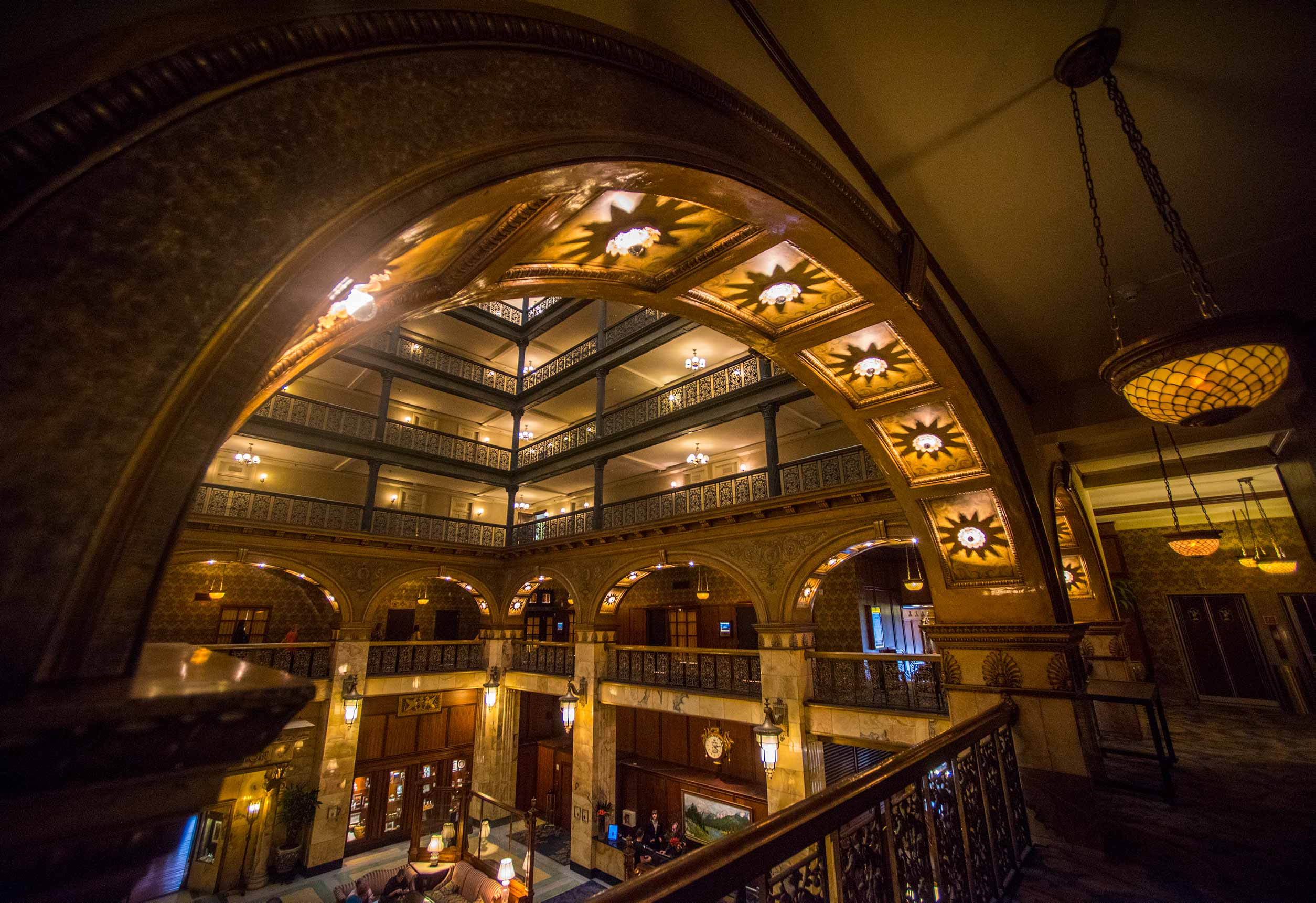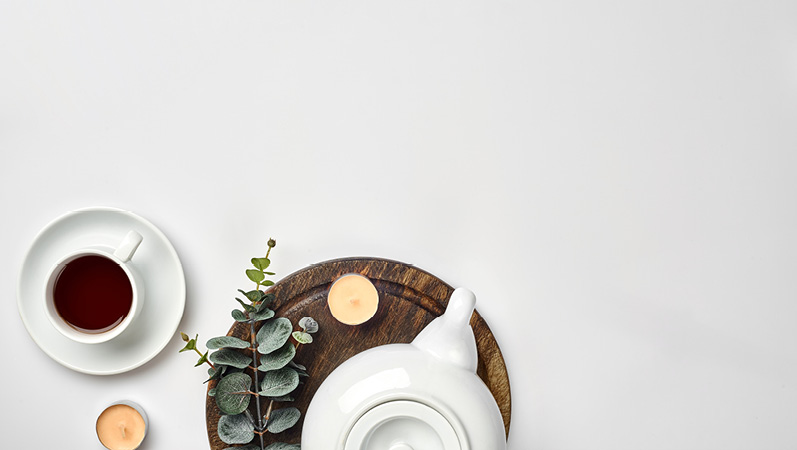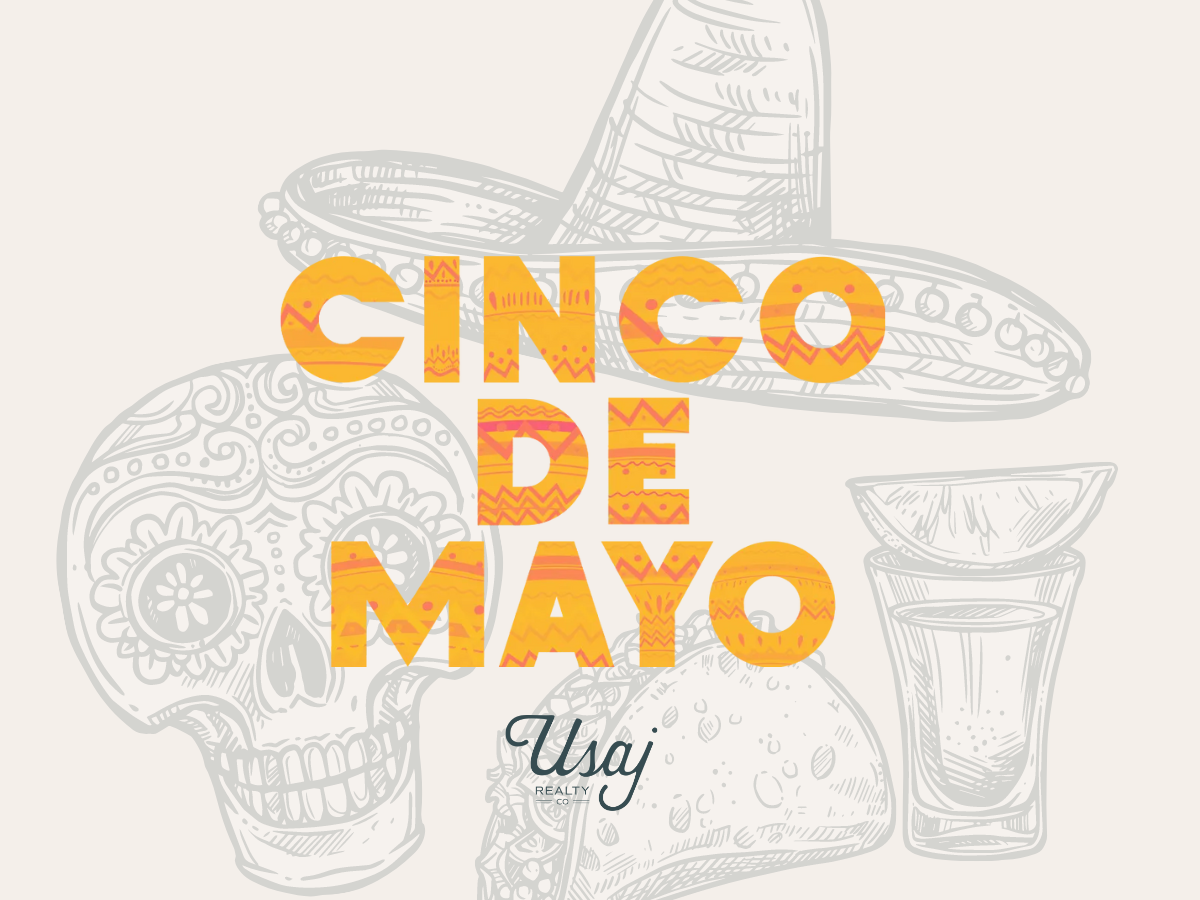The biggest tea snob I know lives under my roof … well, at least when she’s home from college.
My daughter has been obsessed with tea since elementary school. One of her favorite pastimes is checking out local tea houses and grading the fare. Whether it’s herbal wellness tea (tisane), jasmine, lavender or black, she loves a well-brewed cup of tea. She’s been known to scorn bagged tea (even if it contains loose leaf) and has no problem spending 15 minutes preparing the perfect cup.
Her affection for the beverage doesn’t stop with the hot variety, either. She adores bubble tea (boba) and other cold varieties of the drink. The only offshoot she shuns is sweet tea (I think you’ve got to be from the South to fully appreciate that particular brew).
One of the highlights of her young life was visiting Hong Kong and China several years ago. Stops at various tea farms and houses were met with great anticipation and ended with profound sadness upon departure.
According to the UK Tea and Infusions Association, the story of tea begins in China. According to legend, in 2737 B.C., the Chinese emperor Shen Nung was sitting beneath a tree while his servant boiled drinking water, when some leaves from the tree blew into the water. Shen Nung, a renowned herbalist, decided to try the infusion that his servant had accidentally created. The tree was a Camellia sinensis, and the resulting drink was what we now call tea.
It is impossible to know whether there is any truth in this story. But tea drinking certainly became established in China many centuries before it had even been heard of in the West. Containers for tea have been found in tombs dating from the Han dynasty (206 B.C.- 220 A.D.) but it was under the Tang dynasty (618-906 AD), that tea became firmly established as the national drink of China.
It makes coffee seems like a mere pup, having “only” been discovered in Ethiopia in the 11th century.
According to World Atlas, China is the leading producer of tea in the world, accounting for 30-35 percent of the total worldwide production. The Chinese produce over 1 million tons of tea in any given year.
For a long time, the Charleston Tea Plantation, located just south of Charleston, S.C., was the only tea grower in the United States. Now, the U.S. League of Tea Growers states there are 60 farms in 15 states. Like small organic farmers, fledgling tea growers are gaining traction in the world of producing local products.
While Colorado is not a tea producing state, we can still enjoy a spot of tea in many fine establishments around town. Here are just of few of our favorite Denver tea rooms in no particular order:
Babe’s Tea Room, 2401 15th Street Denver
Formerly the House of Commons, this is a delightful little tea room that oozes with charm and warmth. The tea is spectacular as is all the delightful canapes, macarons, finger sandwiches and scones. Situated along picturesque Platte Street in the Lower Highlands neighborhood, you might find yourself transported to the center of London during your stay. Enjoy afternoon tea, bubbly brunches, cafe and special events. There is dine-in or patio seating under (really cute) umbrellas.
Brown Palace, 321 – 17th St., Denver

My personal favorite just because it’s the Brown Palace and nothing can beat the ambiance. Granted, you pay $$$$ but the experience and service are unparalleled Set in the inimitable atrium of the hotel in Downtown Denver, afternoon tea at the Brown Palace is served up with with herbal teas, scones, and finger sandwiches. With Devonshire cream shipped directly from England and the soft sounds of a harpist or pianist floating in the air, this is truly an experience you won’t soon forget. Afternoon tea is available from 12-4 p.m. Make your reservations today!
Capital Tea, 1450 S. Broadway, Denver
Offering English-style high tea, complete with fine china and scrumptious finger food on classic 3-tiered platters, Capital Tea is a favorite for Denver tea lovers. Located northwest of Platt Park, Capital Tea prides itself on its unique selection of teas as well as savory sandwiches and salads. Enjoy seasonal teas as well as special events including Holiday High Tea and Harry Potter High Tea during December. The warm, inviting environment is sure to keep you coming back.
Lollicup, 1589 S. Colorado Blvd., Denver
Don’t be fooled by the small strip mall location. Lollicup is southeast Denver’s go to place for the beloved boba tea. According to Lollicup, boba is originally from Taiwan, and is used in everything from smoothies to tea. The beverages also include yummy add-ins like pudding, jellies, tapioca pearls and poppers. Lollicup is celebrating over 17 years in Denver and appeals to people of all ages. Fun artwork, lots of manga and a casual atmosphere make this a must stop in southeast Denver.
In Tea, 2440 W. Main St, Littleton
This is one of the best stops in downtown Littleton. This gem boasts a friendly staff, tea from all around the world stocked to the rafters (literally) and a cozy environment. Occupying a wonderful space with a soaring ceiling, In Tea has a wonderful selection of tea accessories and gifts. If you have a tea aficionado in the family, this is a perfect stop to find that special gift. In Tea is a short walk from the RTD Littleton Downtown Station for those living outside of the area.
Teatulia Tea Bar, 2900 Zuni St., Denver
From Orange Glo and OxiClean to Neem Nectar and Teatulia Oolong, Linda Appel has found the right recipe for success. As Vice President of Orange Glo International, she helped grow the family business of a tea room exponentially before it was sold in 2006, and now has shifted her business acumen to tea. Growing sustainable tea from Teatulia’s own tea garden in Northern Bangladesh, the company is one of the largest in the world and has been key in regenerating the ecosystem and the local economy. At the tea bar you’ll find exceptional tea, lattes, kombucha and even Italian sodas. Check out the tea schools they offer throughout the year.
(Editor’s Note: This blog was originally published in December of 2017. It has been updated to provide current information).





